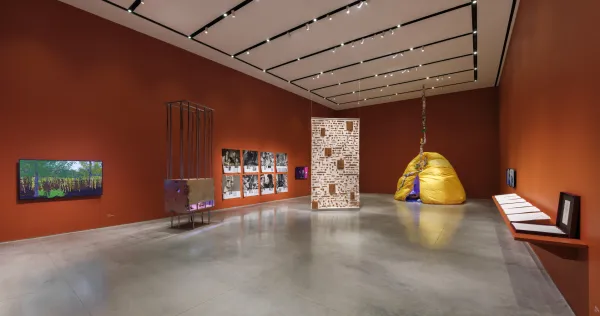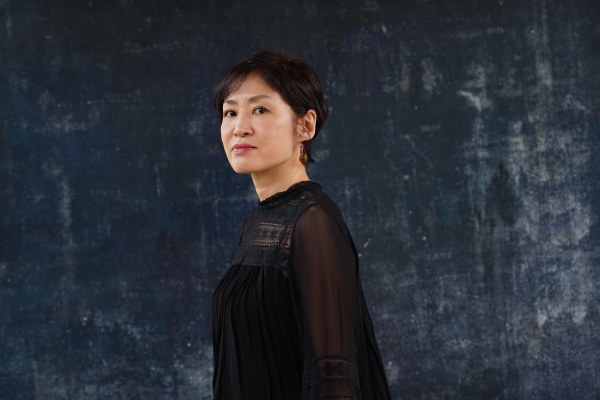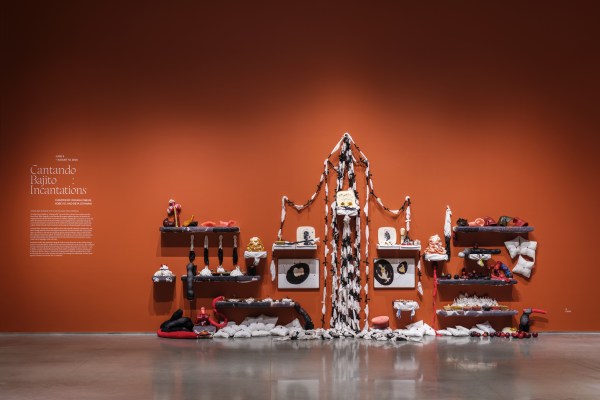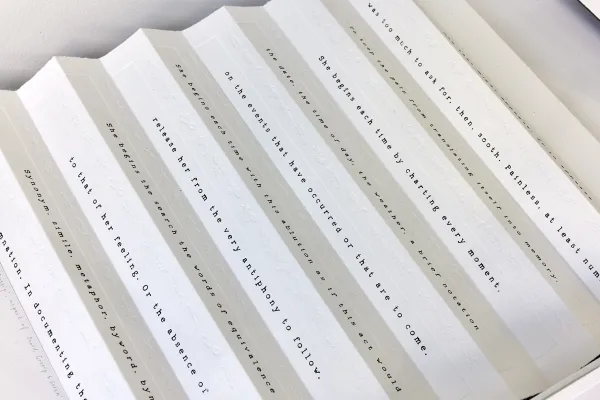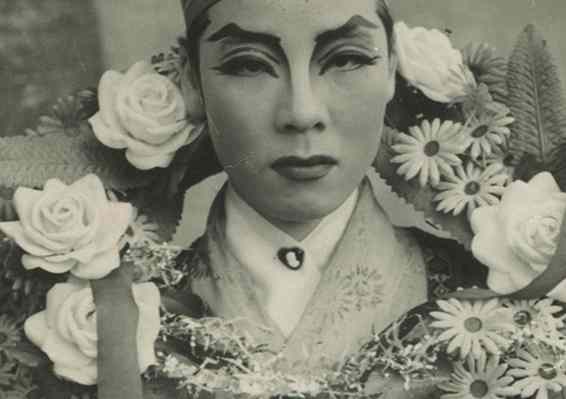Cantando Bajito: Incantations
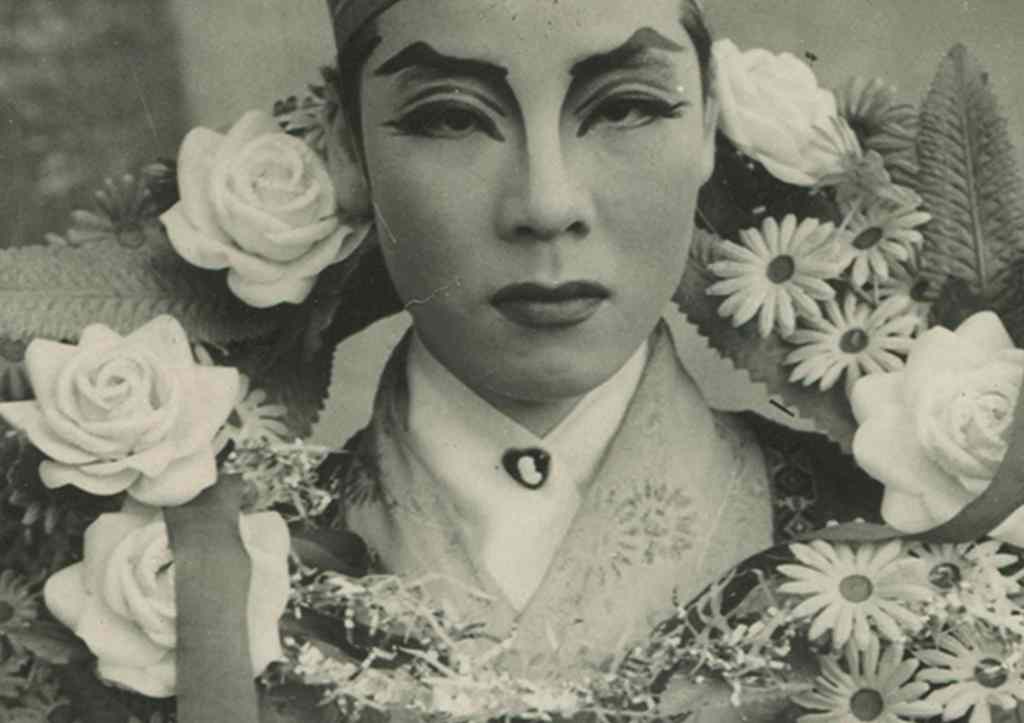
Curated by Roxana Fabius, Kobe Ko, and Beya Othmani
Translated into English as “singing softly,” the exhibition series title is drawn from a phrase used by Dora María Téllez Argüello, a now-liberated Nicaraguan political prisoner, to describe the singing exercises she did while she was incarcerated in isolation. Helping her to conserve her voice and defeat the political terror she endured, Téllez’s quiet singing became a powerful strategy for survival and resistance. Conceived in three movements, Cantando Bajito features artists who explore similar forms of creative resistance in the wake of widespread gender-based violence.
The second chapter, Cantando Bajito: Incantations, brings together artists who consider ancestral, contemporary, and future-facing networks of support and care that safeguard feminized bodies through forms of knowledge transmission.
Such networks—symbolic systems, subversive spaces, or covert forms of language—are as varied as the communities that develop them. They include Nüshu, a form of script passed from mother to daughter in China; the use of henna as an agent of protection; and forms of therapeutic communication that have been deemed “gossip.” All have long existed, whether in the shadows or in plain sight. Preserved not in written history but in the body, these channels prepare feminized bodies for potential violence while giving them tools to resist it.
With special thanks to members of the Cantando Bajito curatorial advisory group: Isis Awad, María Carri, Zasha Colah, Maria Catarina Duncan, Marie Hélène Pereira, Mindy Seu, and Susana Vargas Cervantes.
Artwork Image: siren eun young jung, Selection from Public yet Private Archive (A Part), 2015, 2024 . Courtesy of the Artist.
About the Curators
Roxana Fabius
Roxana Fabius is a Uruguayan curator and art administrator based in New York City. Between 2016 and 2022 she was Executive Director at A.I.R. Gallery, the first artist-run feminist cooperative space in the U.S. During her tenure at A.I.R. she organized programs and exhibitions with artists and thinkers such as Gordon Hall, Elizabeth Povinelli, Jack Halberstam, Che Gosset, Regina José Galindo, Lex Brown, Kazuko, Zarina, Mindy Seu, Naama Tzabar, and Howardena Pindell among many others. These exhibitions, programs and special commissions were made in collaboration with international institutions such as the Whitney Museum, Google Arts and Culture, The Feminist Institute, and Frieze Art Fair in New York and London. Fabius has served as an adjunct professor for the Curatorial Practices seminar at the Center for Curatorial Studies, Bard College, and Tel Aviv University. She has also taught at Parsons at The New School, City University of New York, Syracuse University, and Rutgers University. She is currently curating the 2024 exhibition series “Cantando Bajito” at the Ford Foundation Gallery.
Kobe Ko
Kobe Ko is an independent curator and artist, and formerly worked as Assistant Curator at Para Site, Hong Kong (2021–2023) and Art Education and Gallery Coordinator at Tai Kwun Contemporary, Hong Kong (2019–2021). She has curated Everyday Life in Hong Kong and Fukuoka: The Study of Contemporary Arts and Kougengaku (art space tetra, Fukuoka, 2023), Post-Human Narratives series (Cattle Depot Artist Village and Hong Kong Museum of Medical Sciences, Hong Kong, 2020–2022), Kong Chun Hei’s solo exhibition PS (Para Site, Hong Kong, 2023), Florence Yuk-ki Lee’s solo exhibition Broken heart pieces disco ball (MOU PROJECTS, Hong Kong, 2023), and CHOW KAI CHIN Community Art Experimental Project (Kowloon City, Hong Kong, 2013 & 2014), among others.
Ko’s artworks depart from her intimate relationships and personal sensation and mainly focus on the re-imagination of distance and boundaries. She has participated in joint exhibition The Tailed Scar (Tiger A(r)m Strong Biennale, Hong Kong, 2023), duo exhibition Over the ocean, over the sea (Current Plans, Hong Kong, 2022) and more. She graduated from the Department of Creative Arts and Culture of the Hong Kong University of Education, and received an MA in Gender Studies from Shih Hsin University in Taiwan. She lives and works in Hong Kong and Taiwan.
Beya Othmani
Beya Othmani is an art curator and researcher from Algeria and Tunisia, dividing her time between Tunis and New York. Currently, she is the C-MAP Africa Fellow at the Museum of Modern Art (MoMA), New York. Her recent curatorial projects include the Ljubljana 35th Graphic Arts Biennial and Publishing Practices #2 at Archive Berlin. Previously, she took part in the curatorial teams of various projects with sonsbeek20→24 (2020), the Forum Expanded of the Berlinale (2019), and the Dak’Art 13 Biennial (2018), among others, and was a curatorial assistant at the Berlin-based art space, SAVVY Contemporary. Some of her latest curatorial projects explored radical feminist publishing practices, post-colonial histories of print-making, and the construction of racial identities in art in colonial and post-colonial Africa.
Gallery hours: Monday – Saturday 11am – 6pm
EARLY CLOSURE: Friday (08/09) at 2pm
Ford Foundation Gallery
320 E 43rd St, New York, NY 10017
Visitor info
Amina Agueznay
Seba Calfuqueo
IV Chan
Tamar Ettun
Serene Hui
siren eun young jung
Mônica Ventura
Osías Yanov
Exhibition installation information
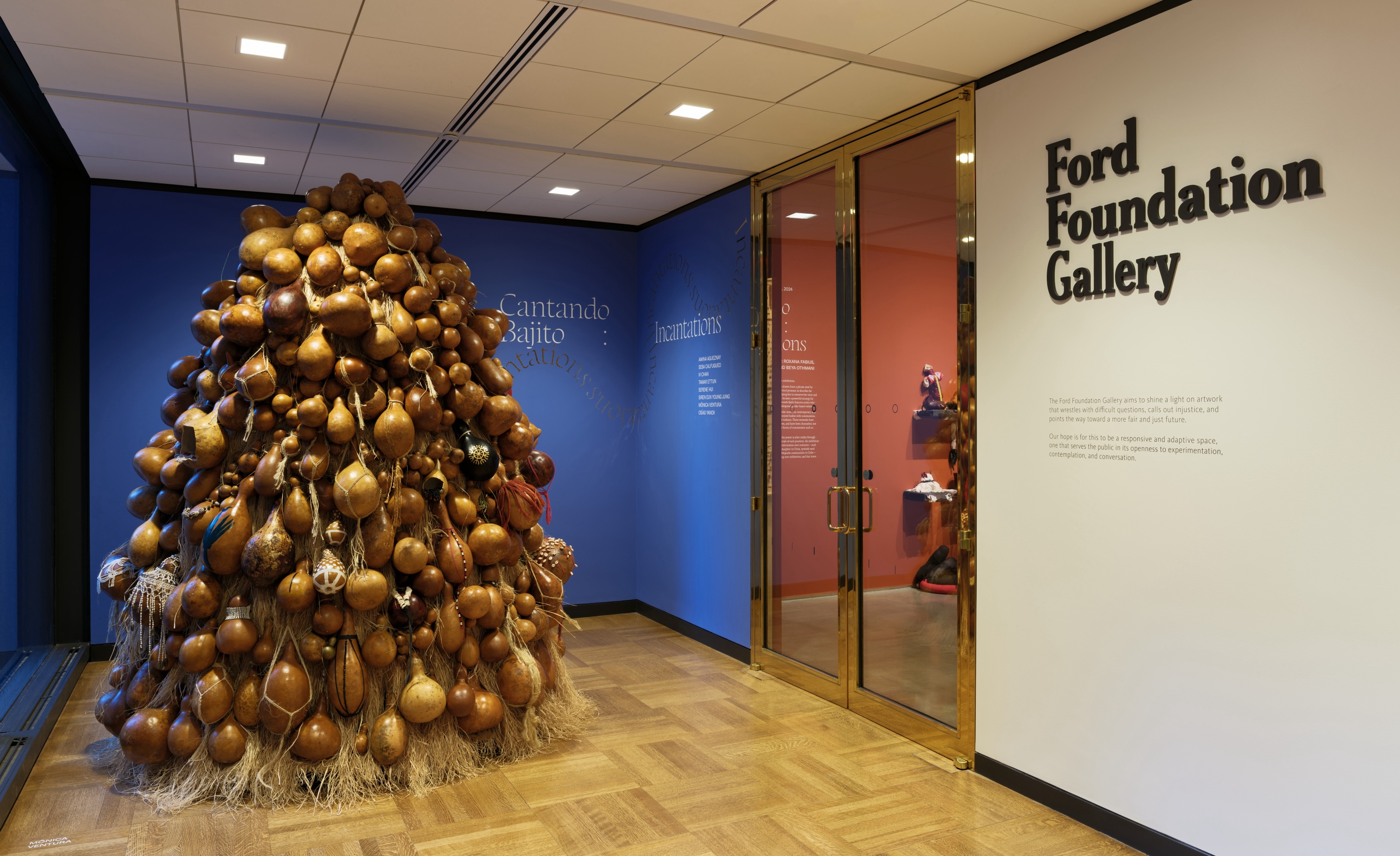
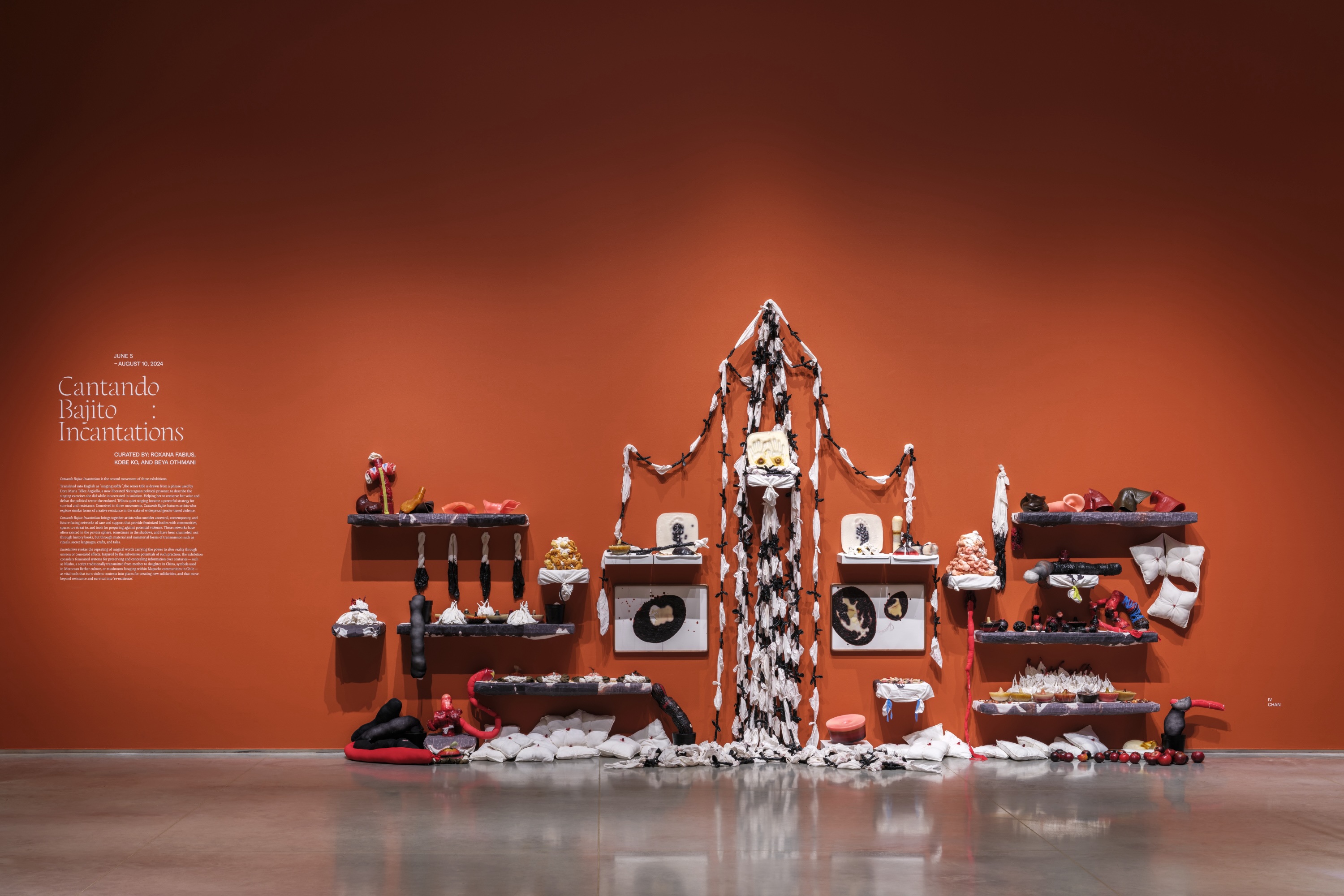
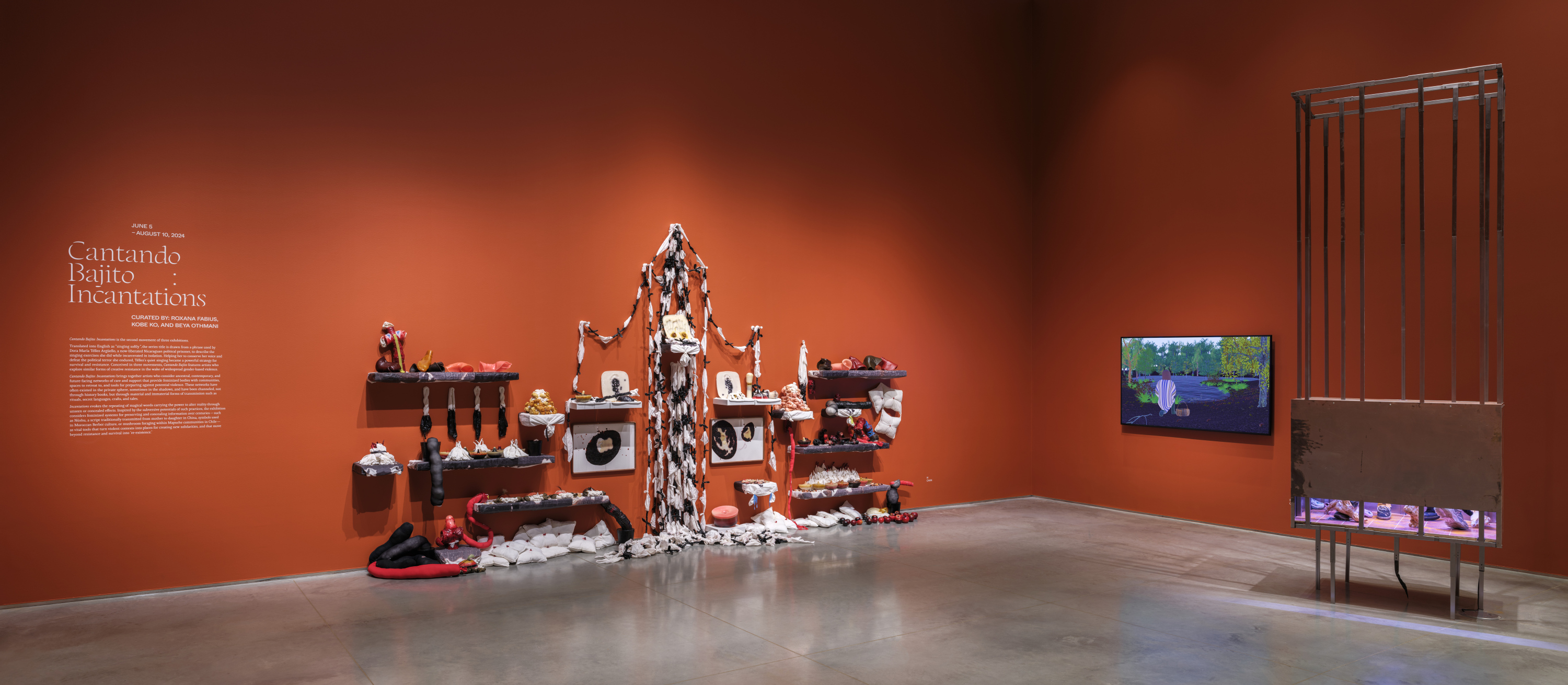
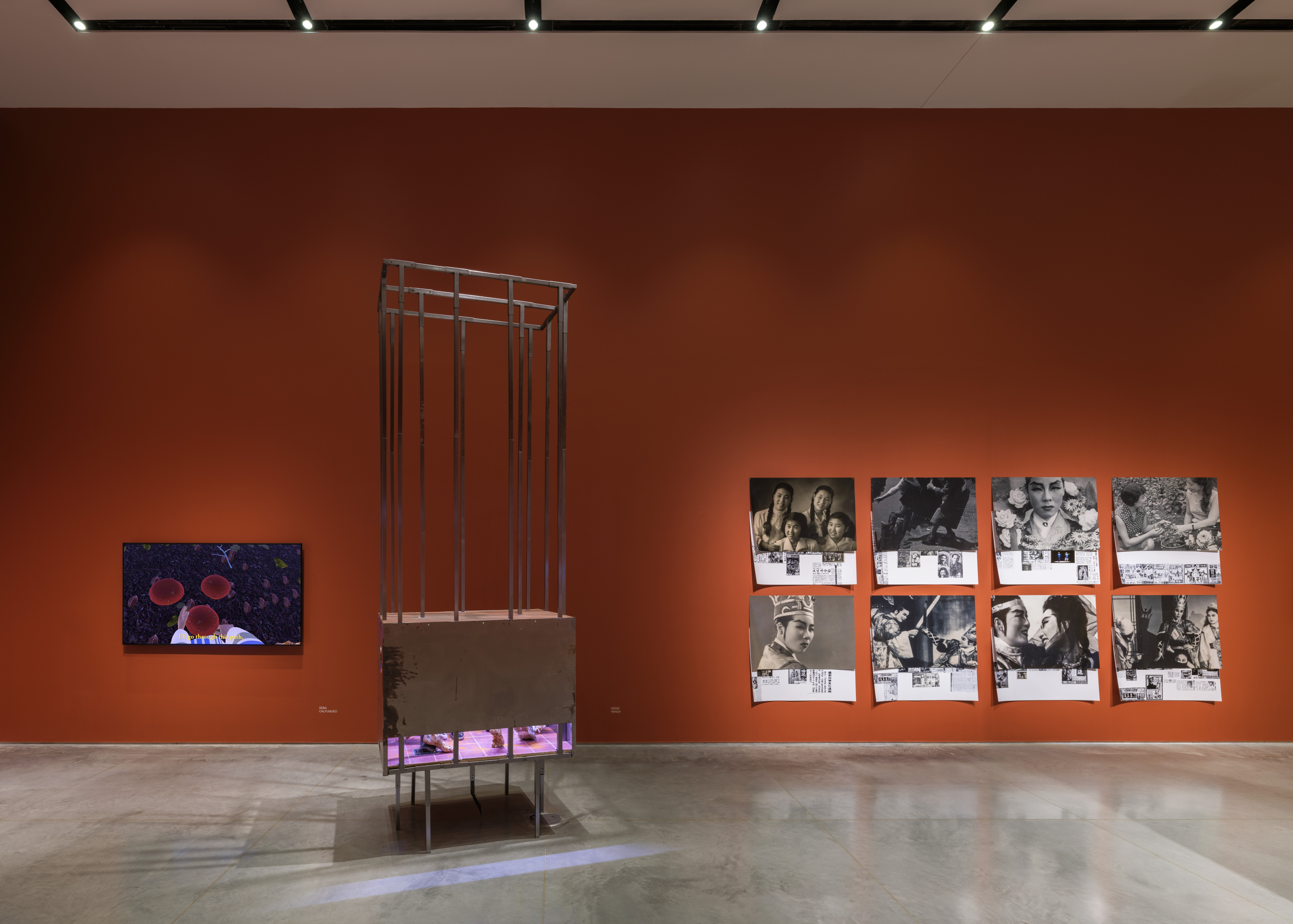
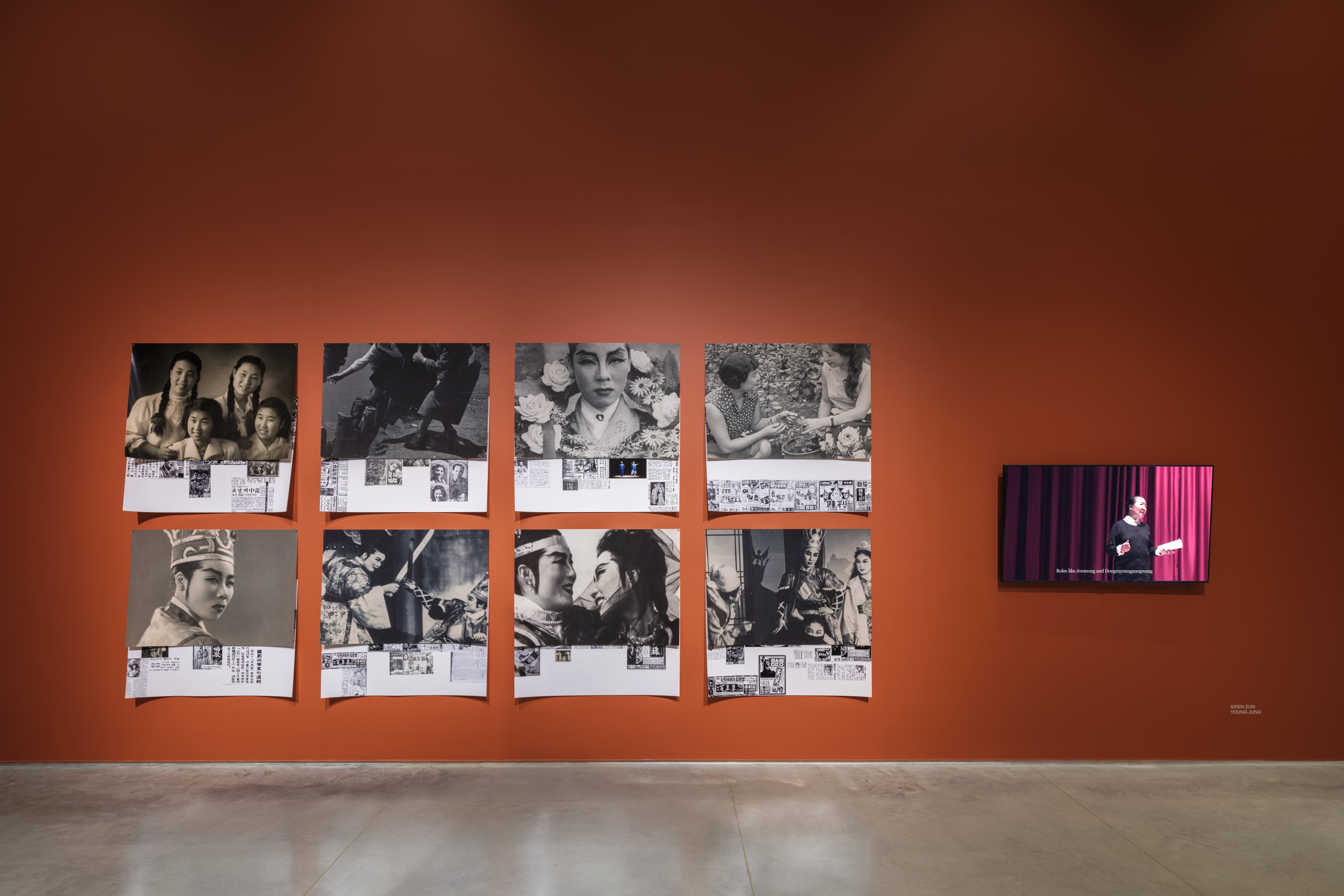
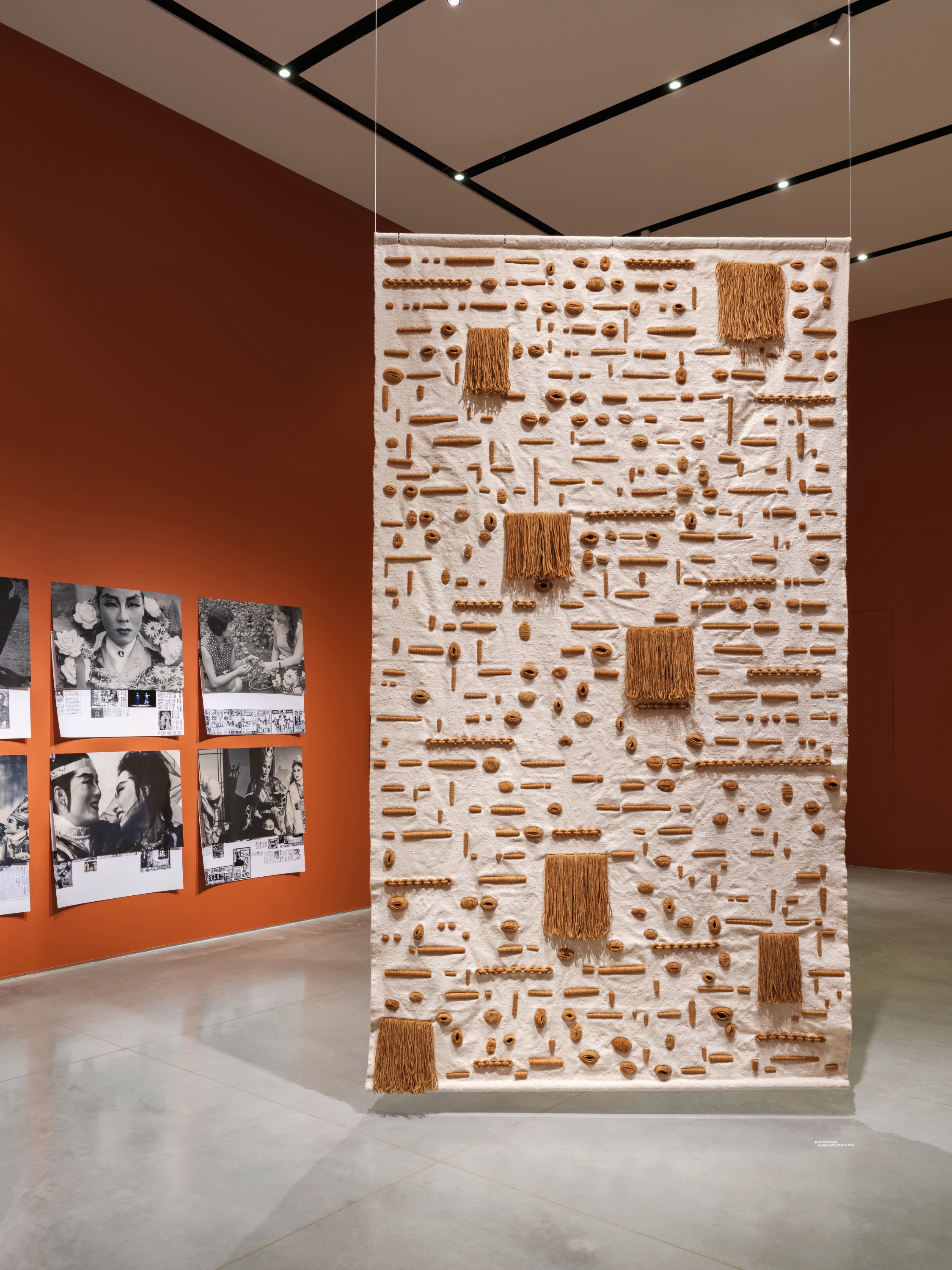
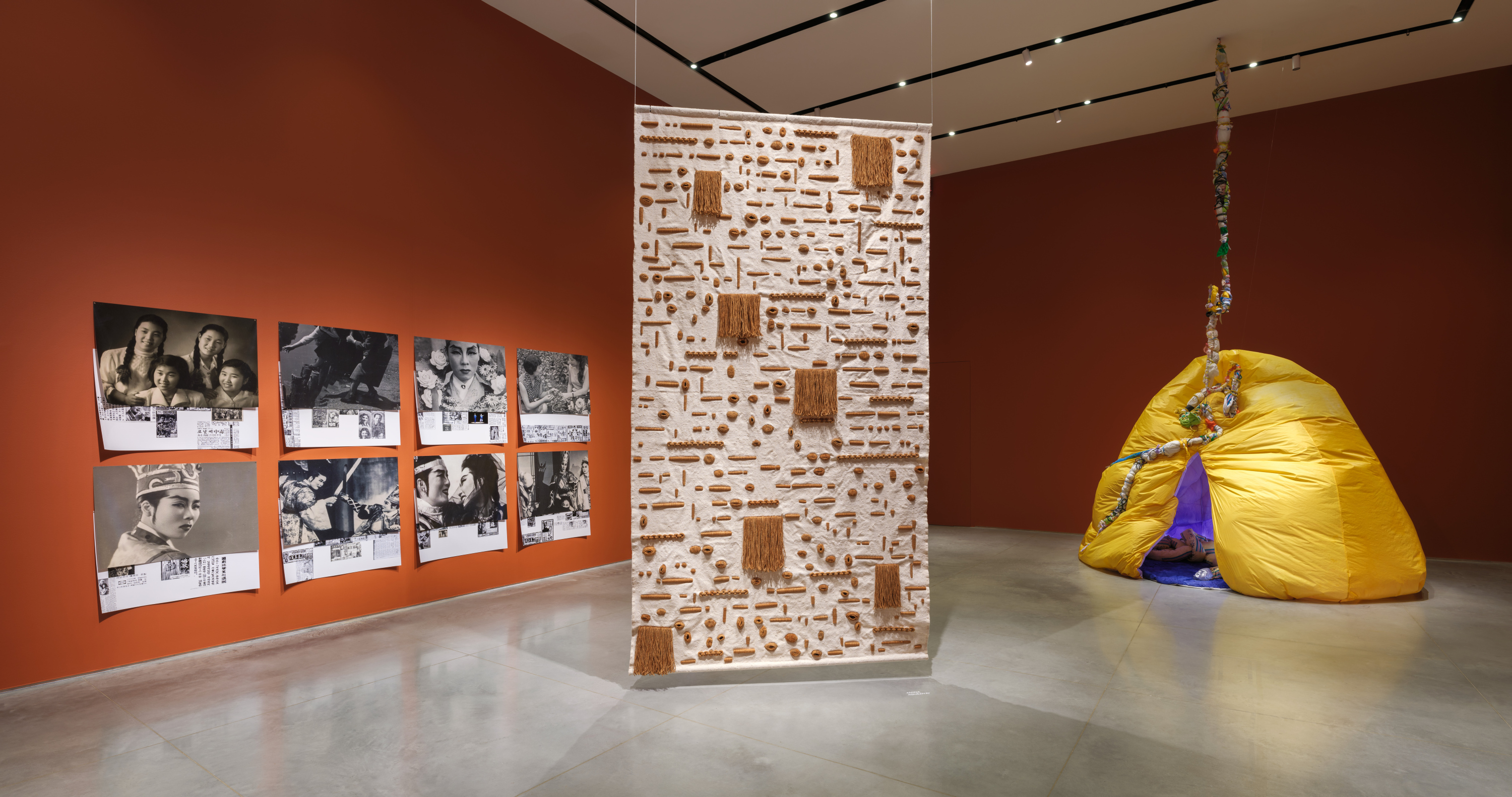
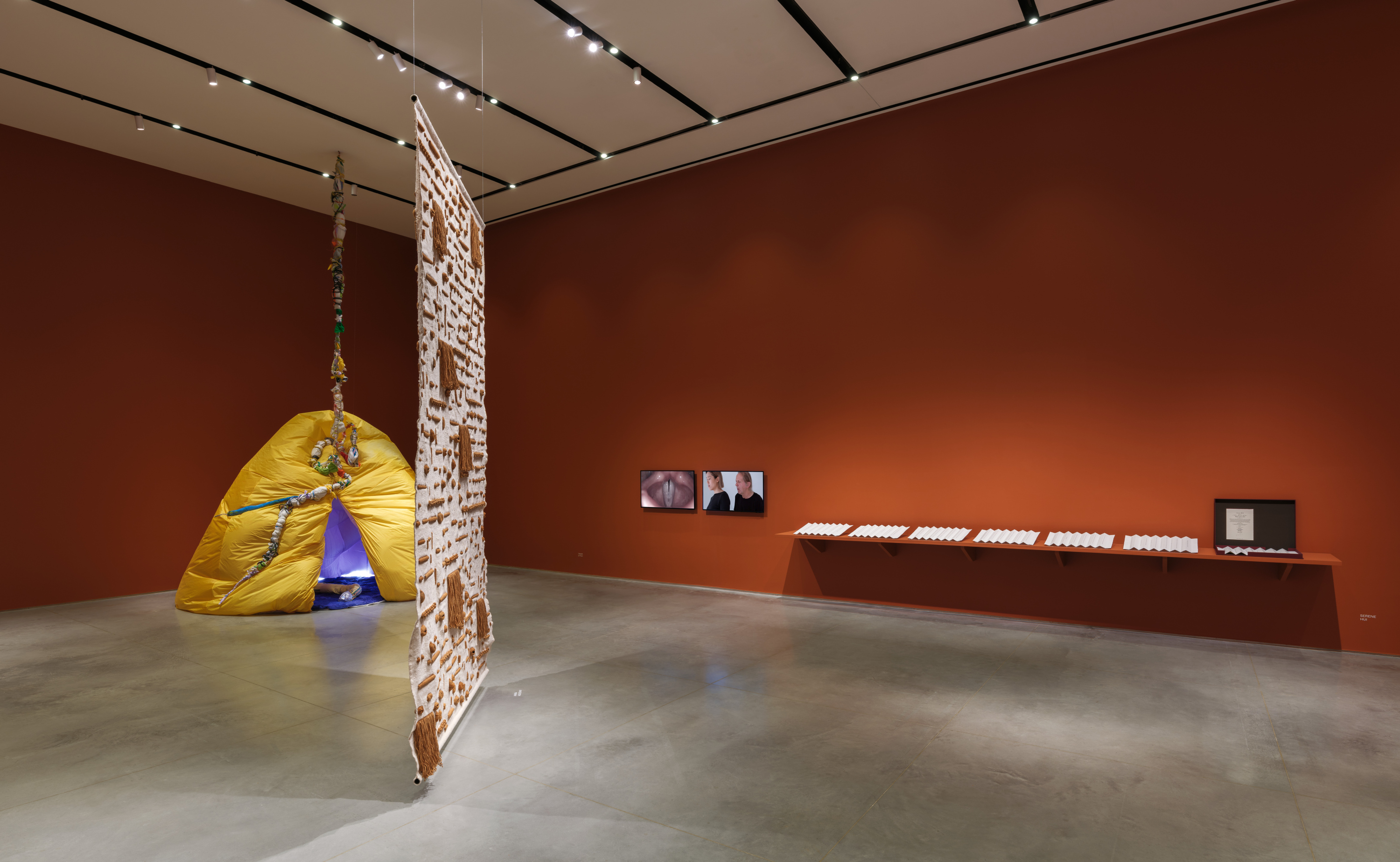
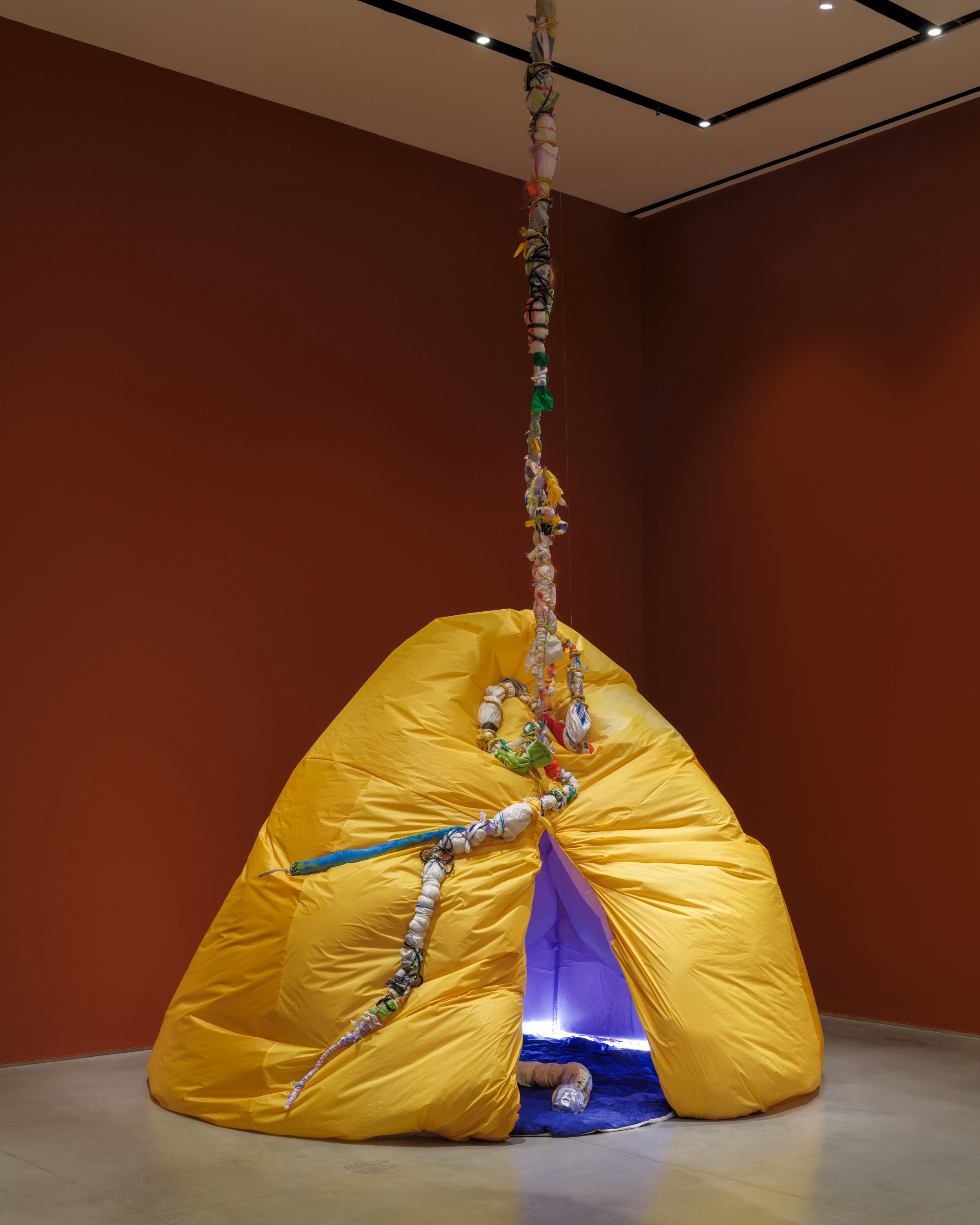
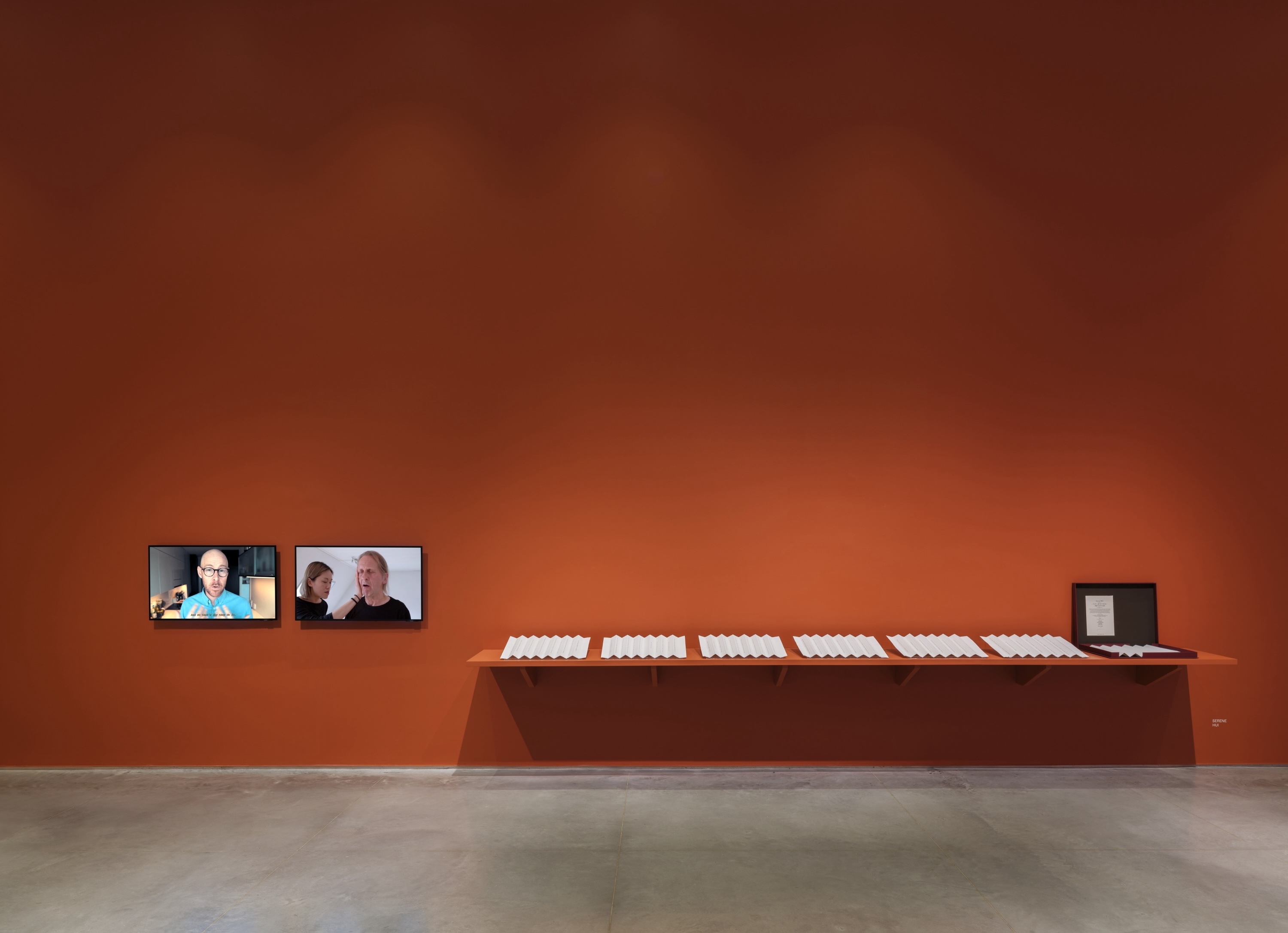
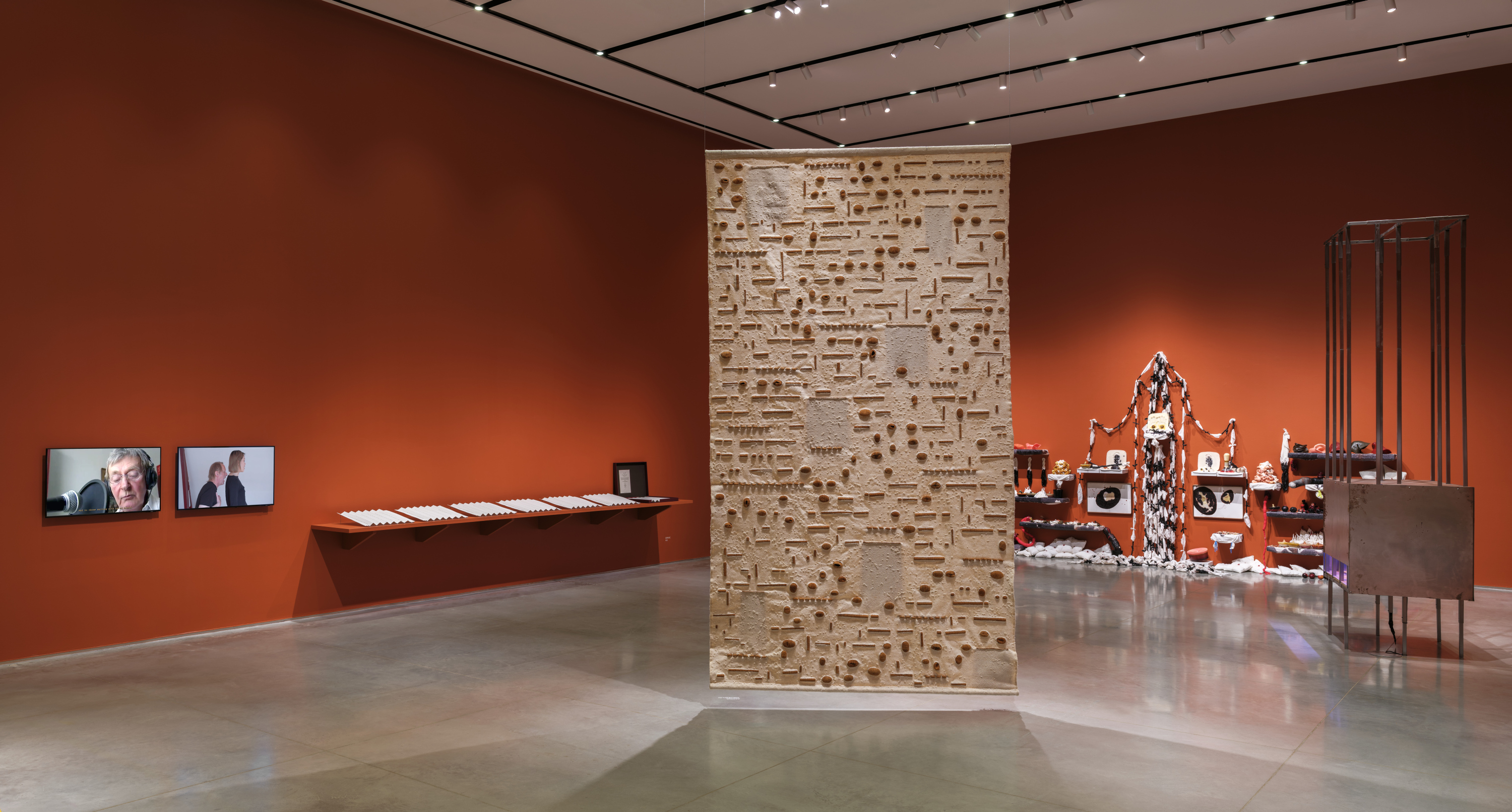
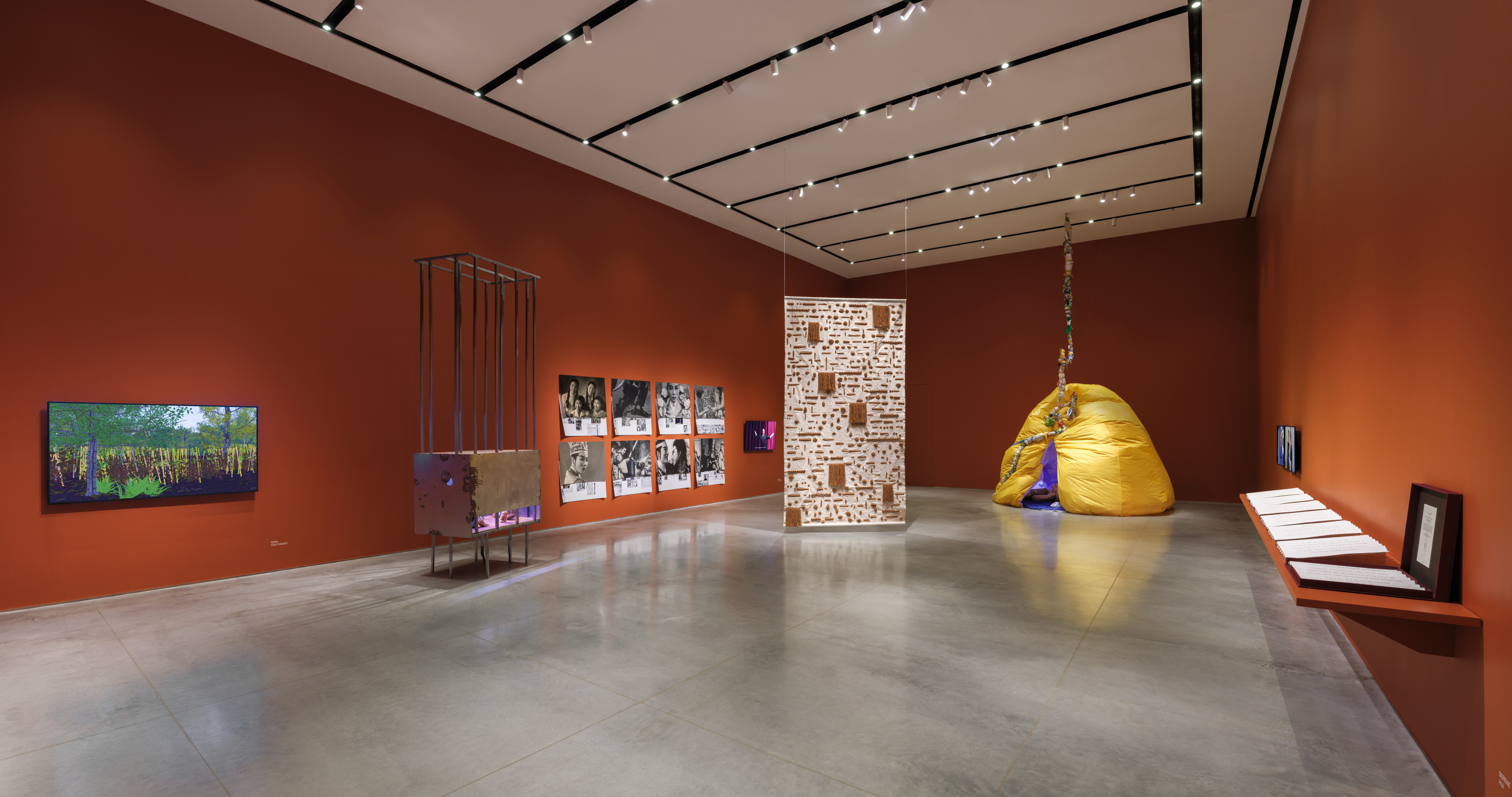
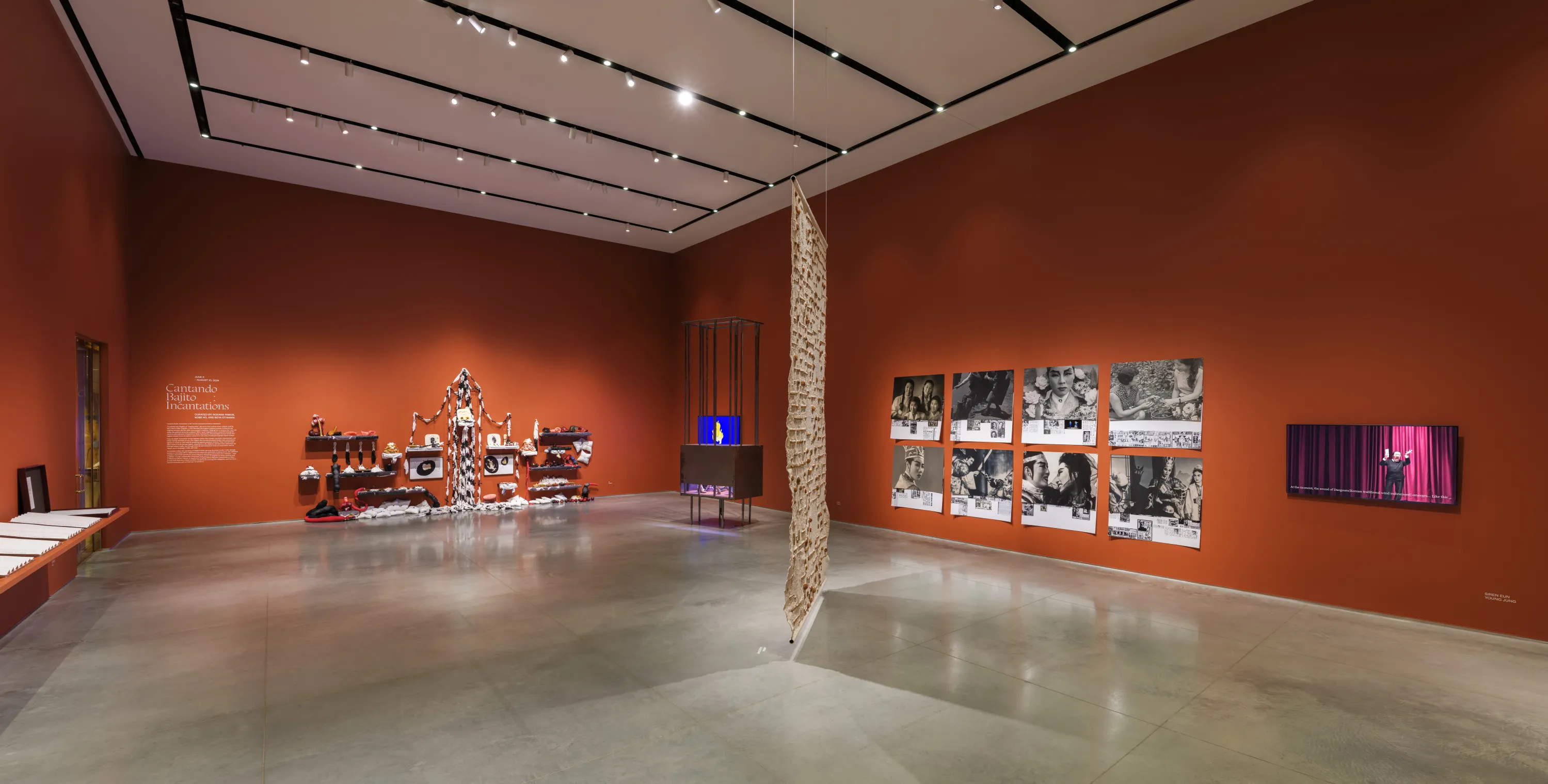
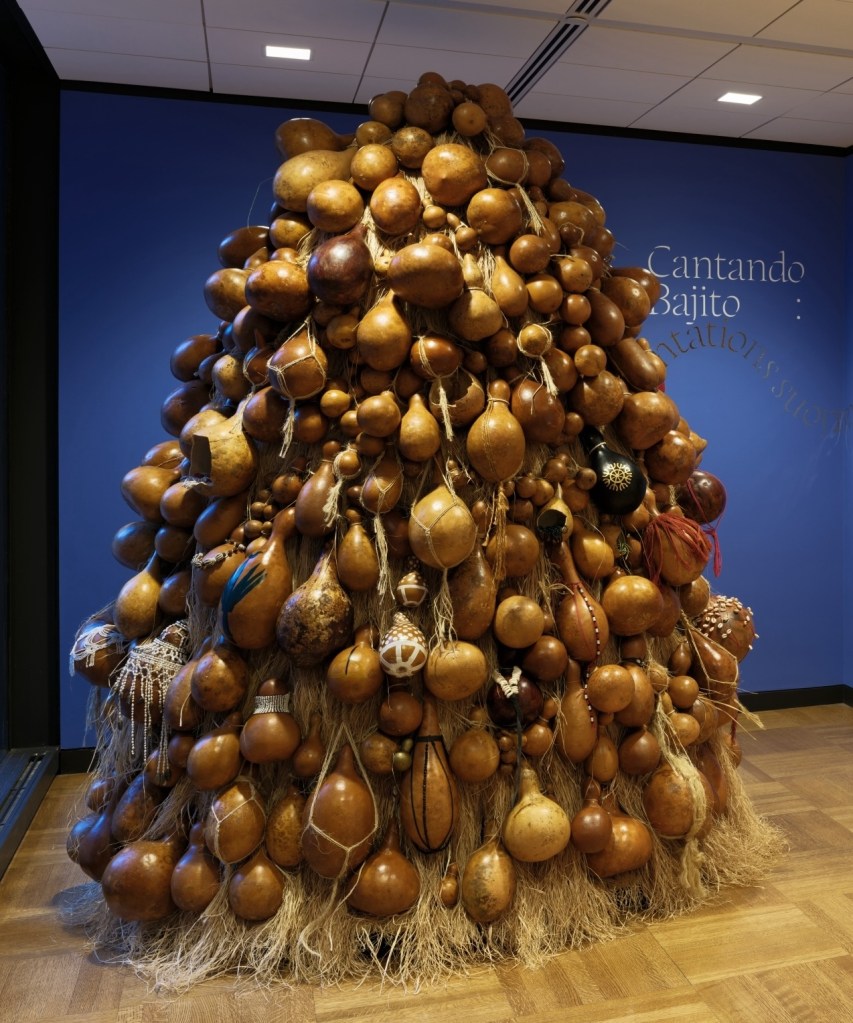
Mônica Ventura
(Brazil, b. 1985, lives and works in São Paulo)
O Sorriso de Acotirene (Acotirene’s Smile), 2018
Gourds, sisal, straw, steel, iron, various materials
8 x 6.5 x 6.5 feet
Photo Sebastian Bach
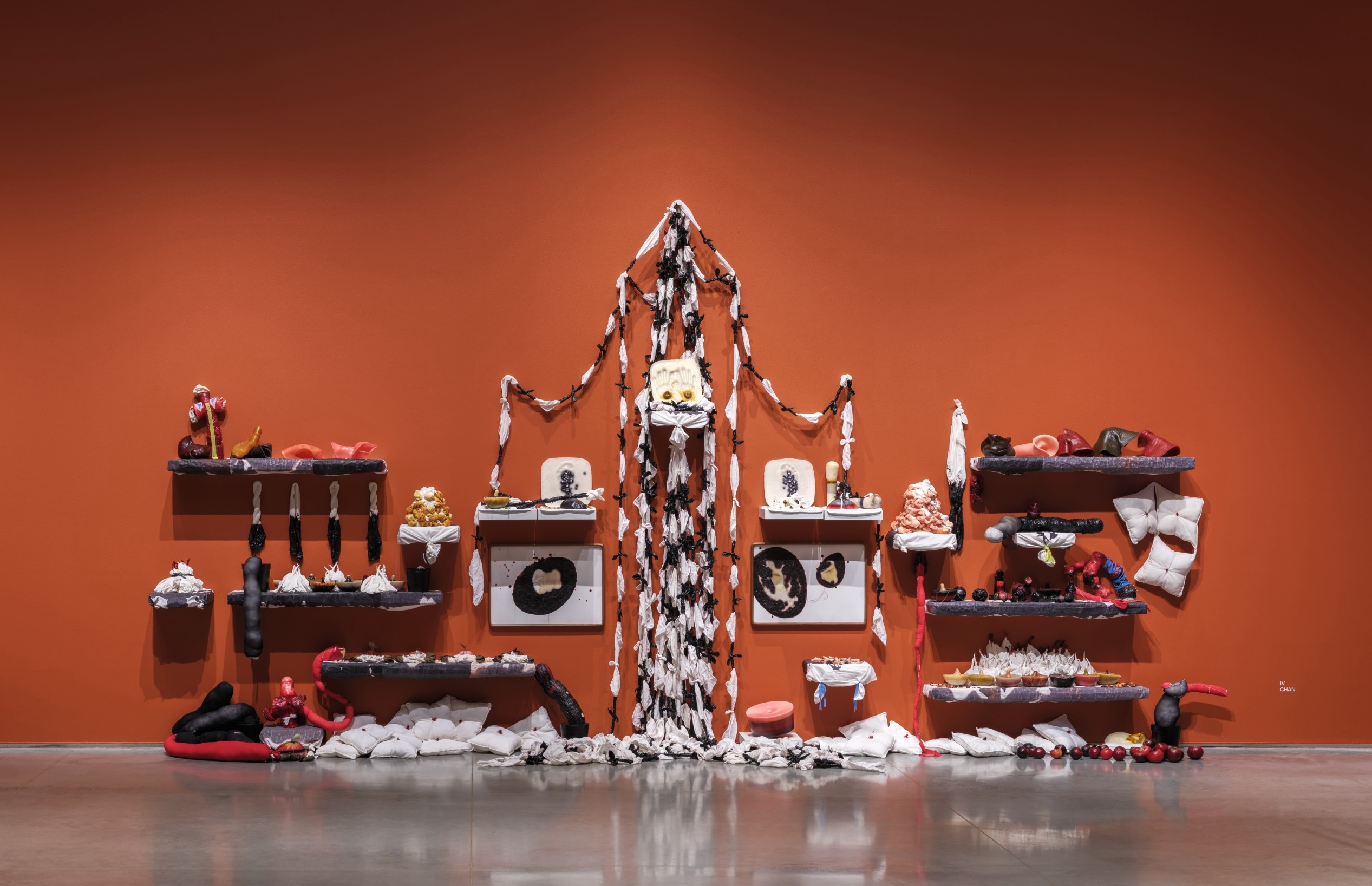
IV Chan
(Hong Kong, b. 1978, lives and works in Hong Kong)
Ritual rehearsal : the Sacred and the Profane, 2020-2024
Fabric, wax, gauze handkerchief, cotton stuffing, beading, hair, nail, thread
Dimensions variable
Photo Sebastian Bach
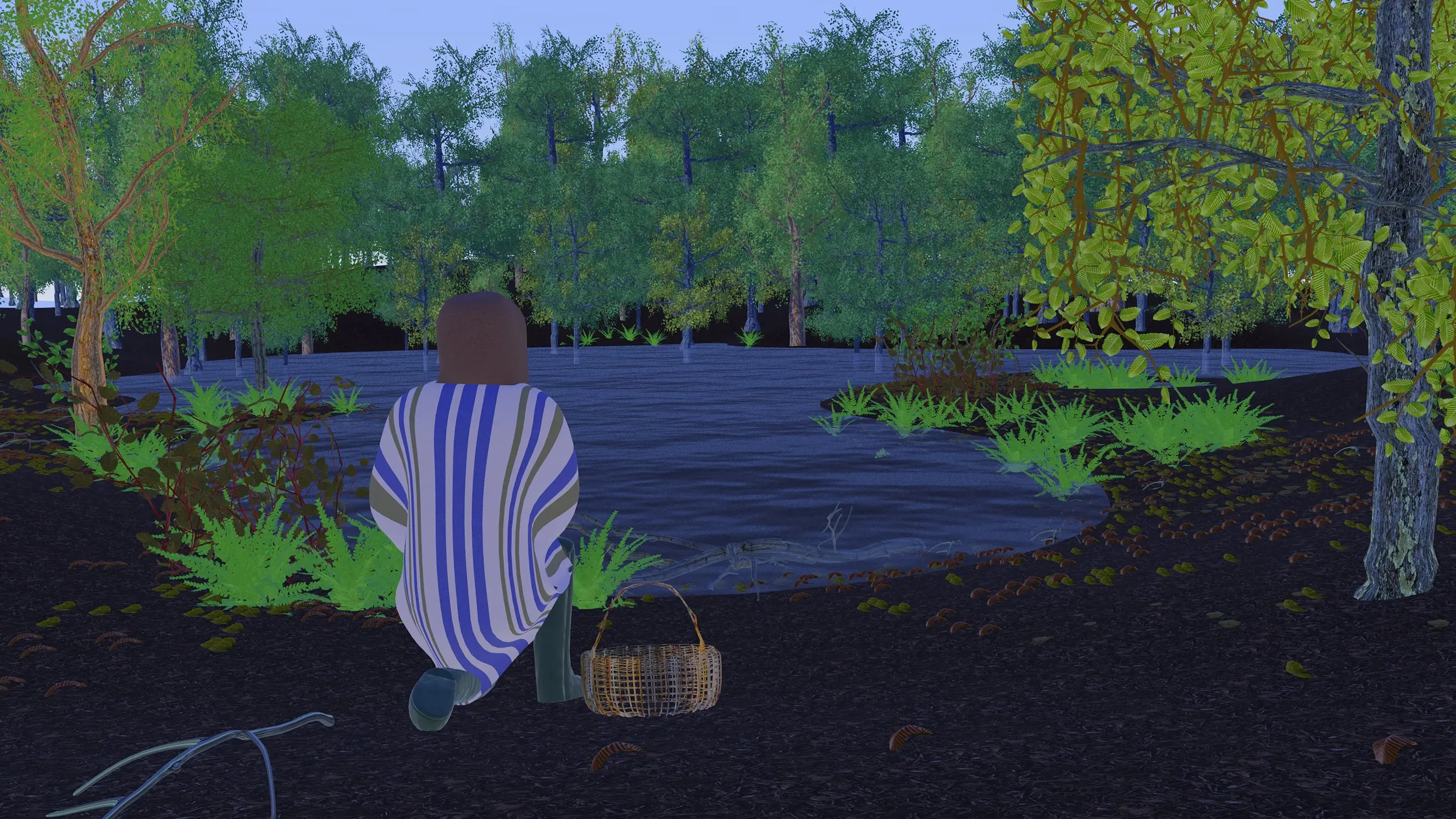
Seba Calfuqueo
(Chile, b. 1991, lives and works in Santiago)
MAPU KUFÜLL (Mariscos de tierra [hongos]) (MAPU KUFÜLL (LAND SEAFOOD [mushrooms])), 2020
3D video animation
5:33
Director and editor: Seba Calfuqueo
3D animation: Valentina Riquelme
Original text and voice: Ange Cayuman
Trompe (Mapuche jaw harp): Eli Wewentxu
English translation: Jorge Pérez Roldan
Special collaboration with Museo del Hongo
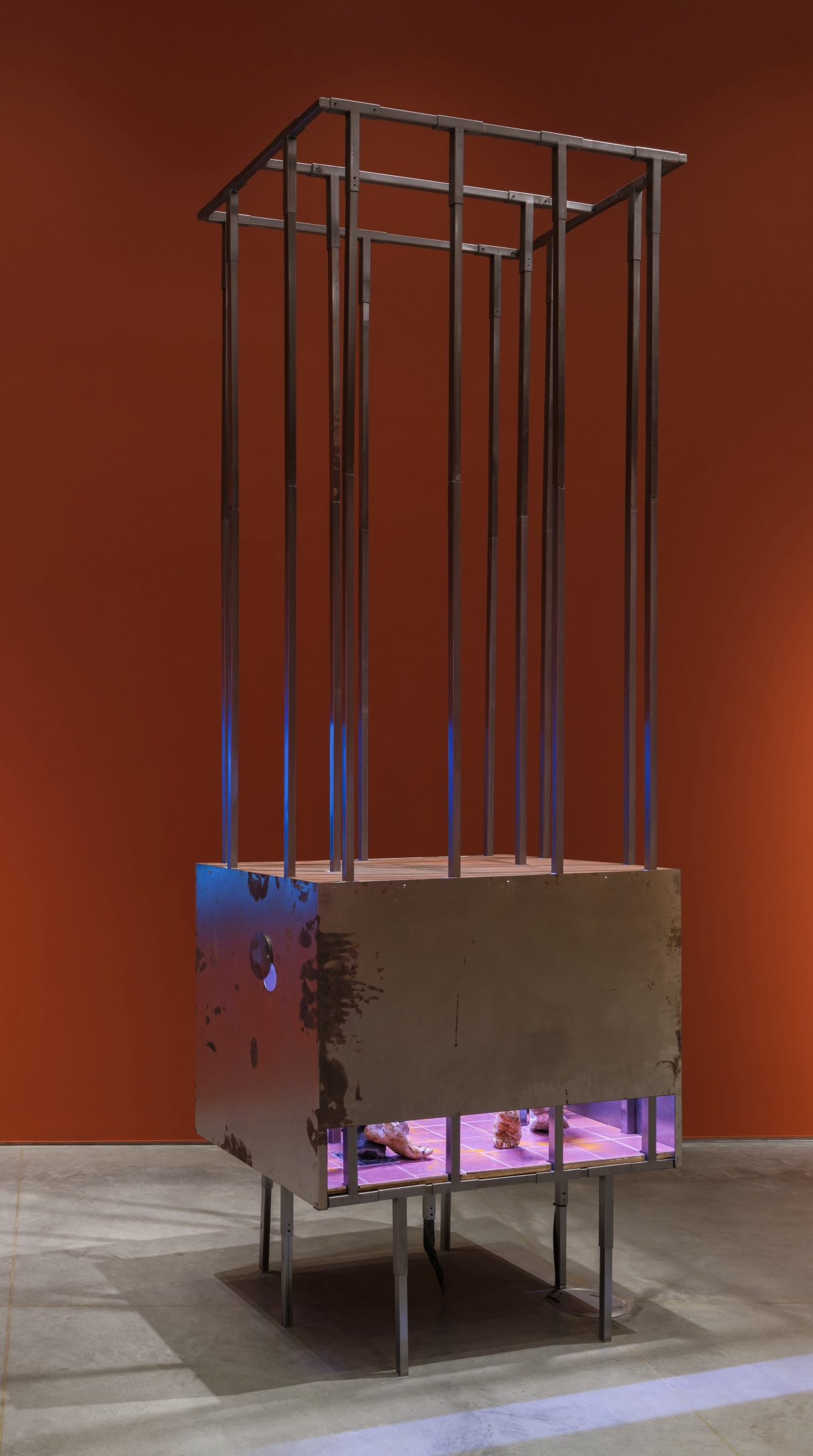
Osías Yanov
(Argentina, b. 1980, lives and works in Buenos Aires)
Cuarto oscuro, tetera, cuarto oscuro, mi lugar, baño, síntoma del mundo (Dark room, kettle, dark room, my place, bathroom, symptom of the world), 2023
Iron, plaster, tiles, grid, sneakers, turmeric, LED tube light
12 x 4 x 2.5 feet
Photo Sebastian Bach
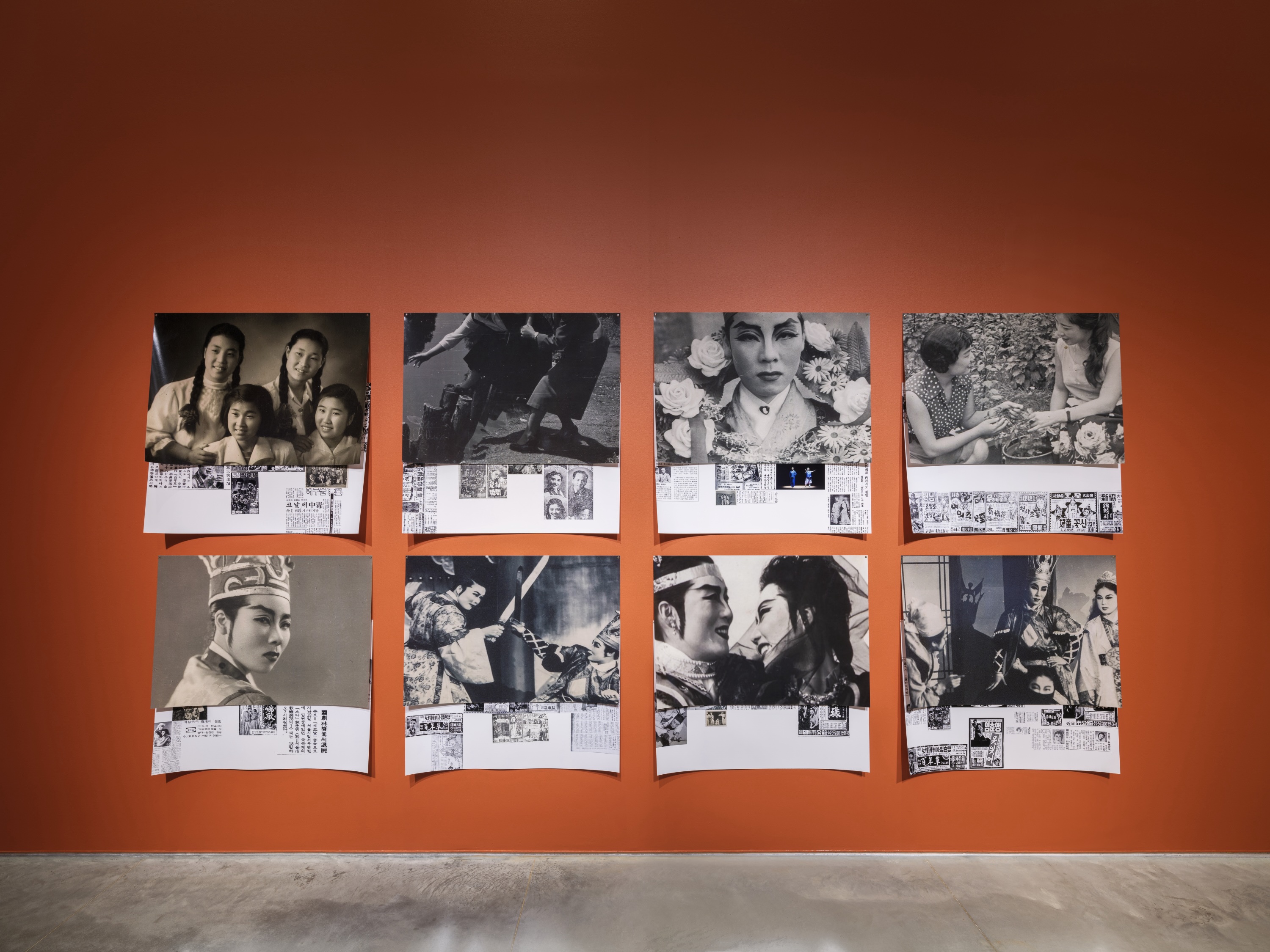
siren eun young jung
(South Korea, b. 1974, lives and works in Seoul)
Selections from Public yet Private Archive (A Part), 2015, 2024
Digital prints
Dimensions variable
Courtesy of the artist
Installation Photo Sebastian Bach
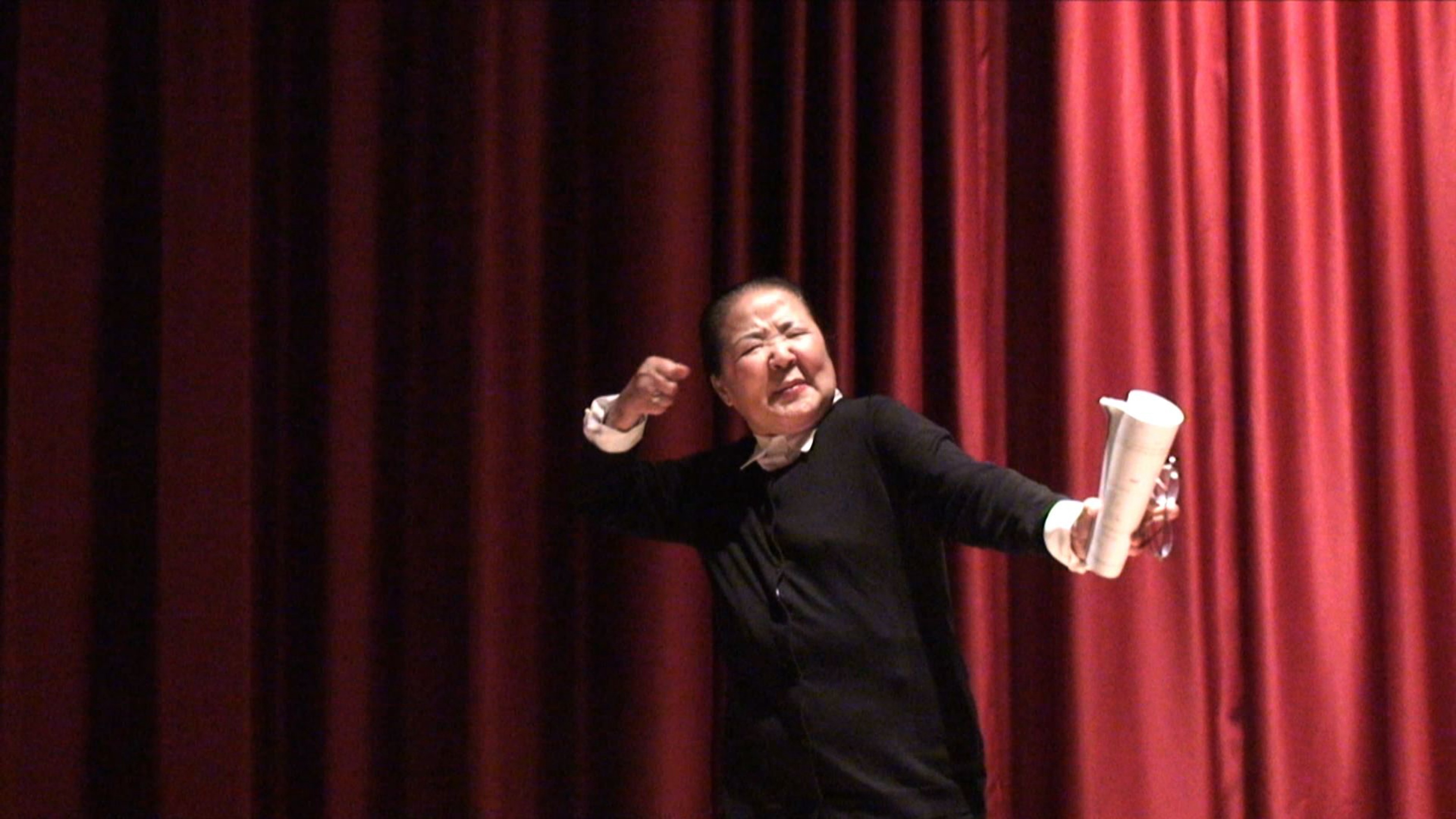
siren eun young jung
(South Korea, b. 1974, lives and works in Seoul)
Directing for Gender, 2010
Single-channel video
10:15
Staging: Hye Rhee Kim
Sounds from Yeoseong Gukgeuk, 1987
Directing, filming, and editing: siren eun young jung
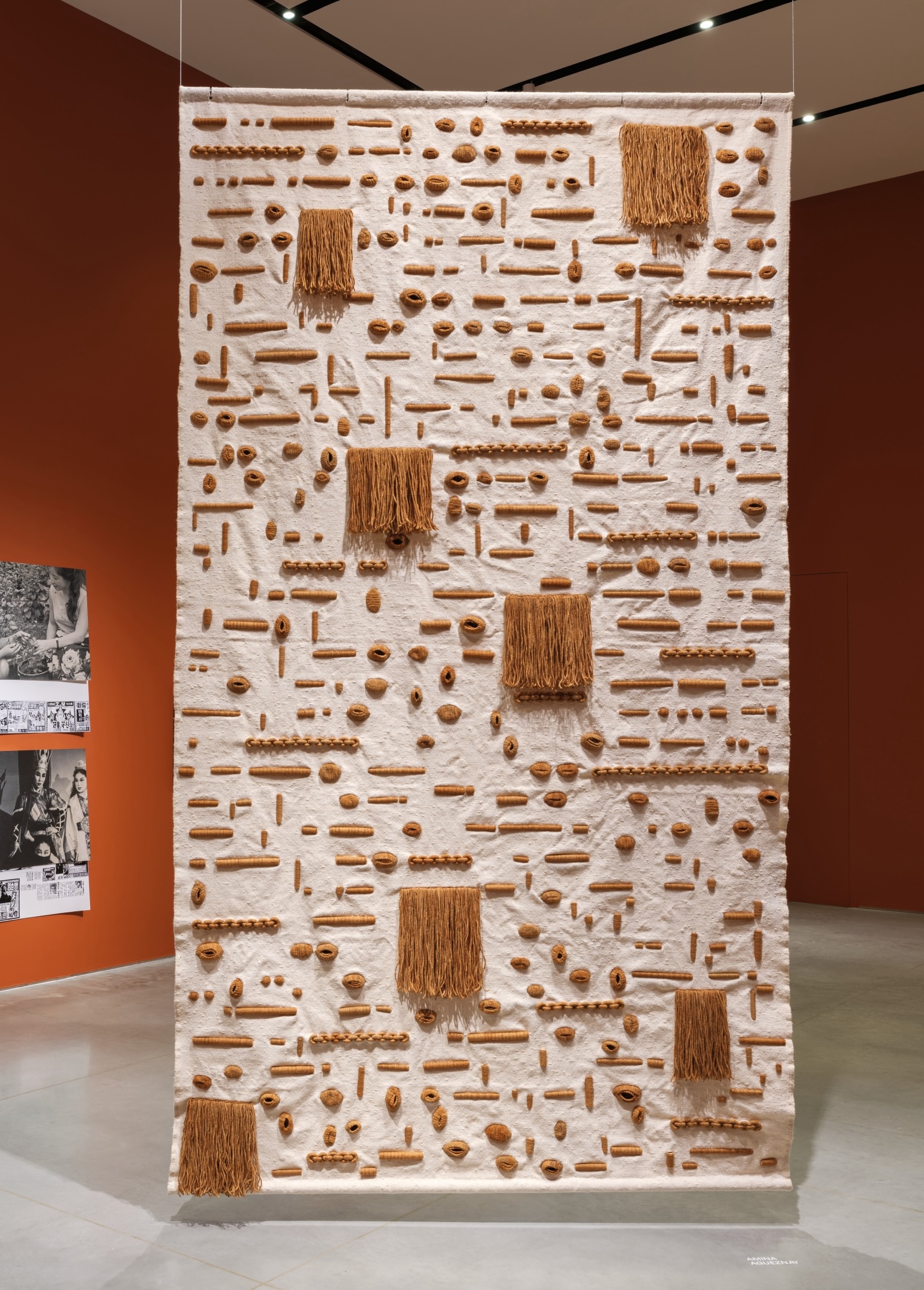
Amina Agueznay
(Morocco, b. 1963, lives and works between Marrakech and Casablanca)
Enfouissements (Acts of Burying), 2024
Natural undyed wool, cotton warp thread, natural henna-dyed wool
12 x 6.5 feet
Photo Sebastian Bach
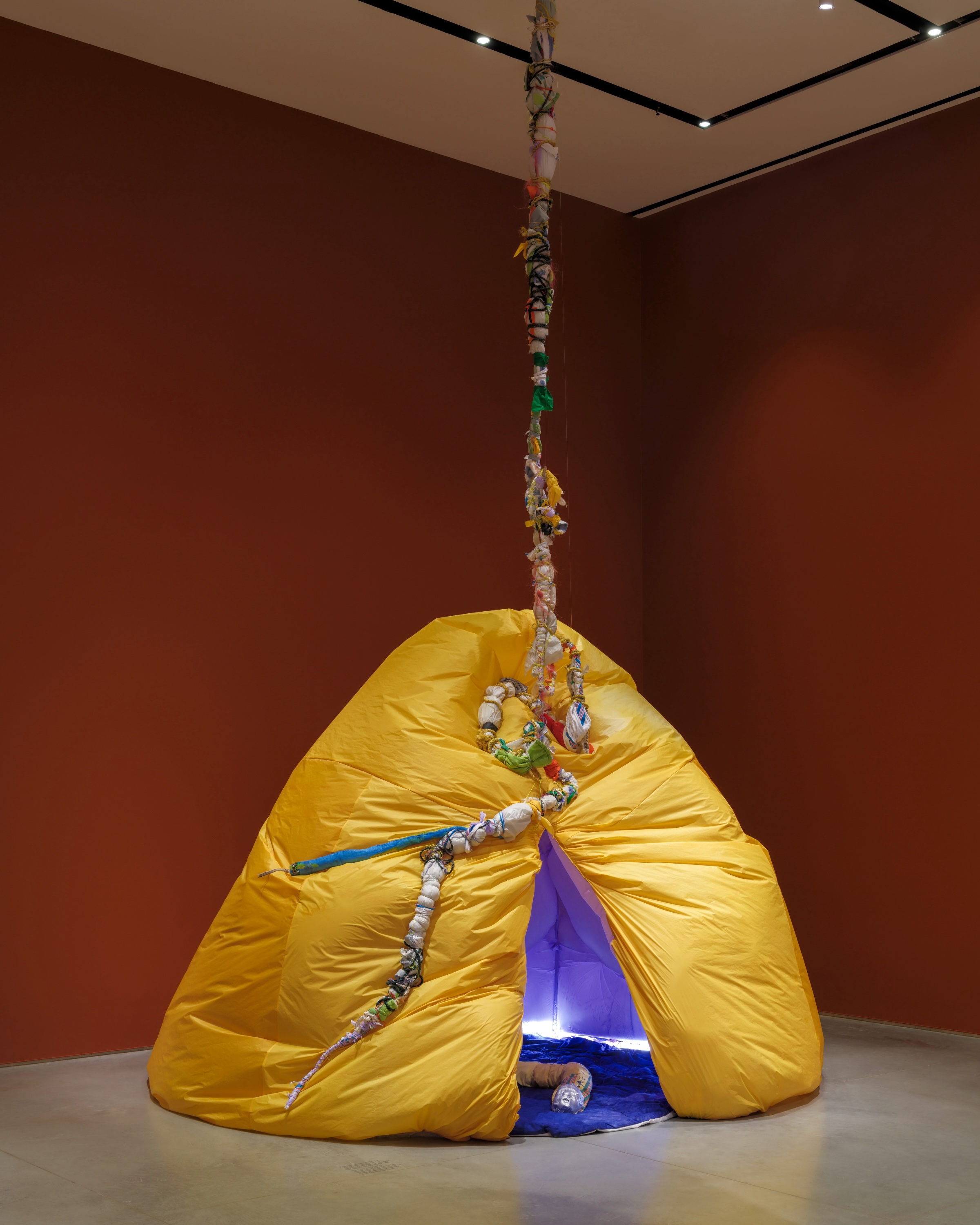
Tamar Ettun
(Israel, b. 1982, lives and works in Brooklyn)
Purple Placenta, 2024
Hand-dyed sail fabric, turmeric-dyed infant blankets, linen fabric, thread, repurposed ropes, blankets, and diapers, inflator, aluminum cast, flashlight, LED lights, lavender
Height variable, 11 feet diameter
Photo Sebastian Bach
Lighting design: Xiaotian Zhang
Production team: Jingyi Ling, Manci Zhu, Gigi Giovanelli
Consultation and friendship: Aimée Burg
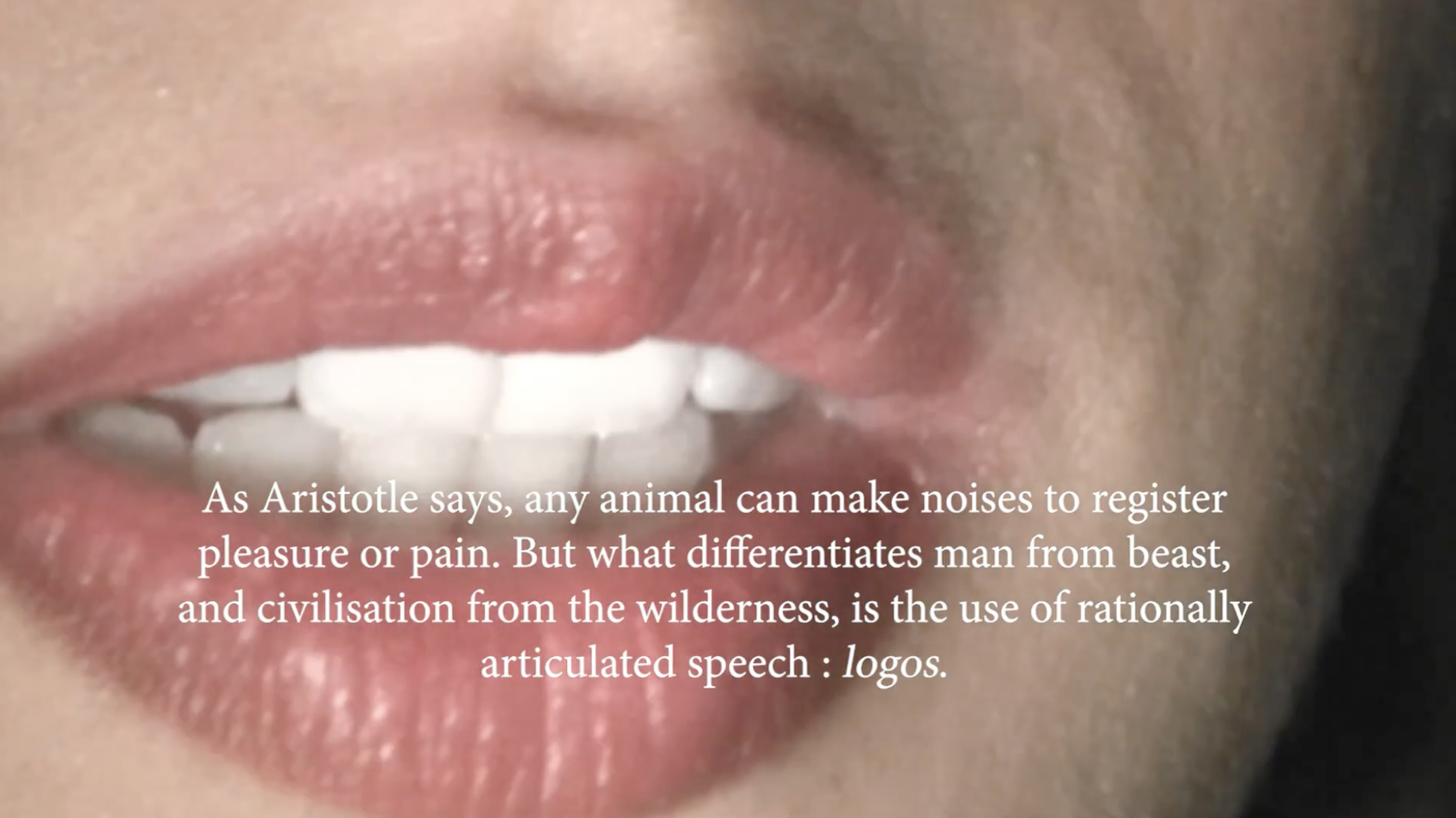
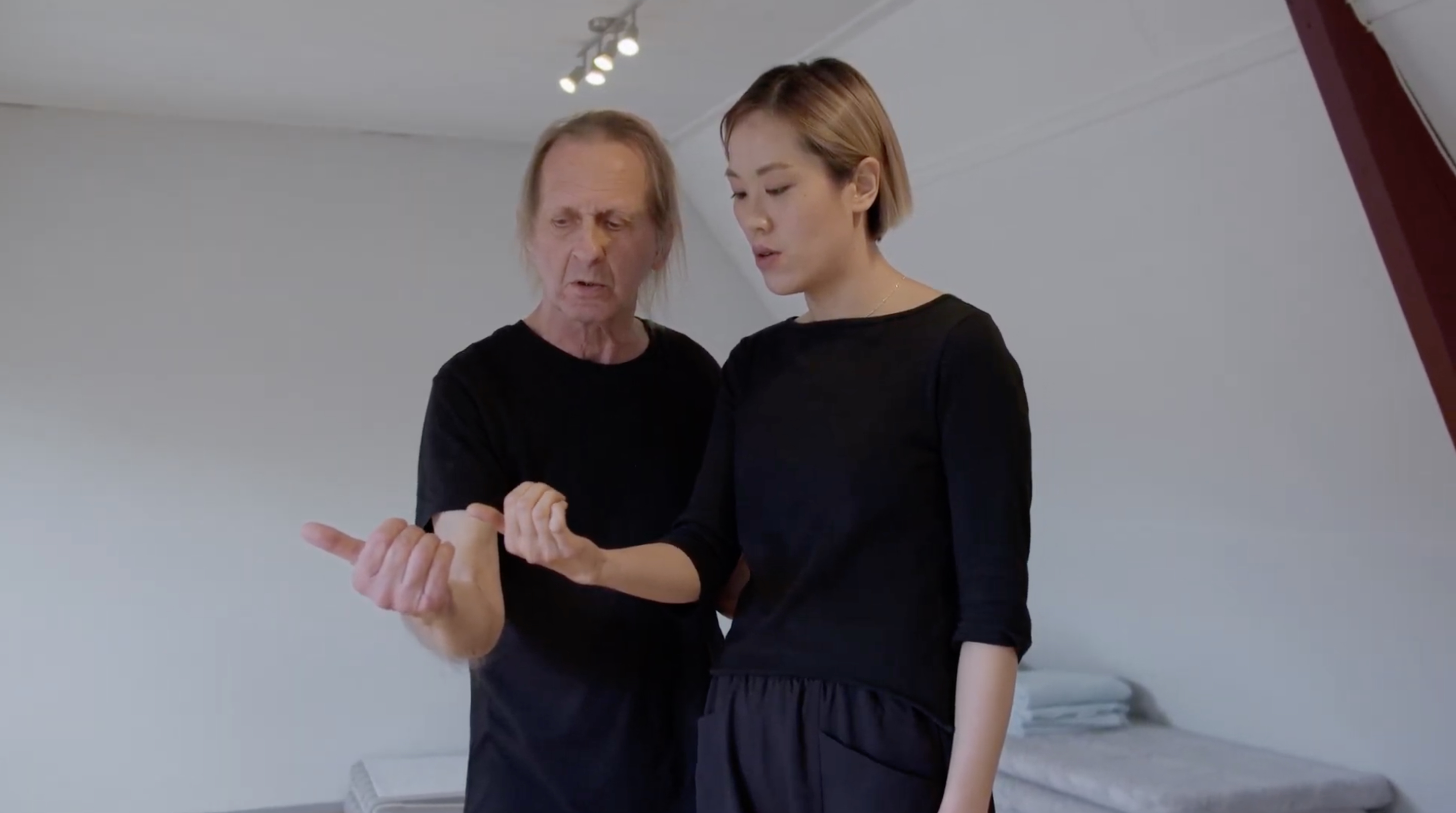
Serene Hui
(Hong Kong, b. 1992, lives and works in the Netherlands and Hong Kong)
Scold, 2022
Two-channel video in color, with audio, on loop
11:44 and 13:32
Text excerpts: Anne Carson, “The Gender of Sound” from Glass, Irony and God, 1995.
Performers: Jean-René Toussaint, Serene Hui
Cinematographer: Hugo Leos
Director: Serene Hui
Voice-work from Jean-René Toussaint (Primitive Voice [Stemwerk], the Netherlands)
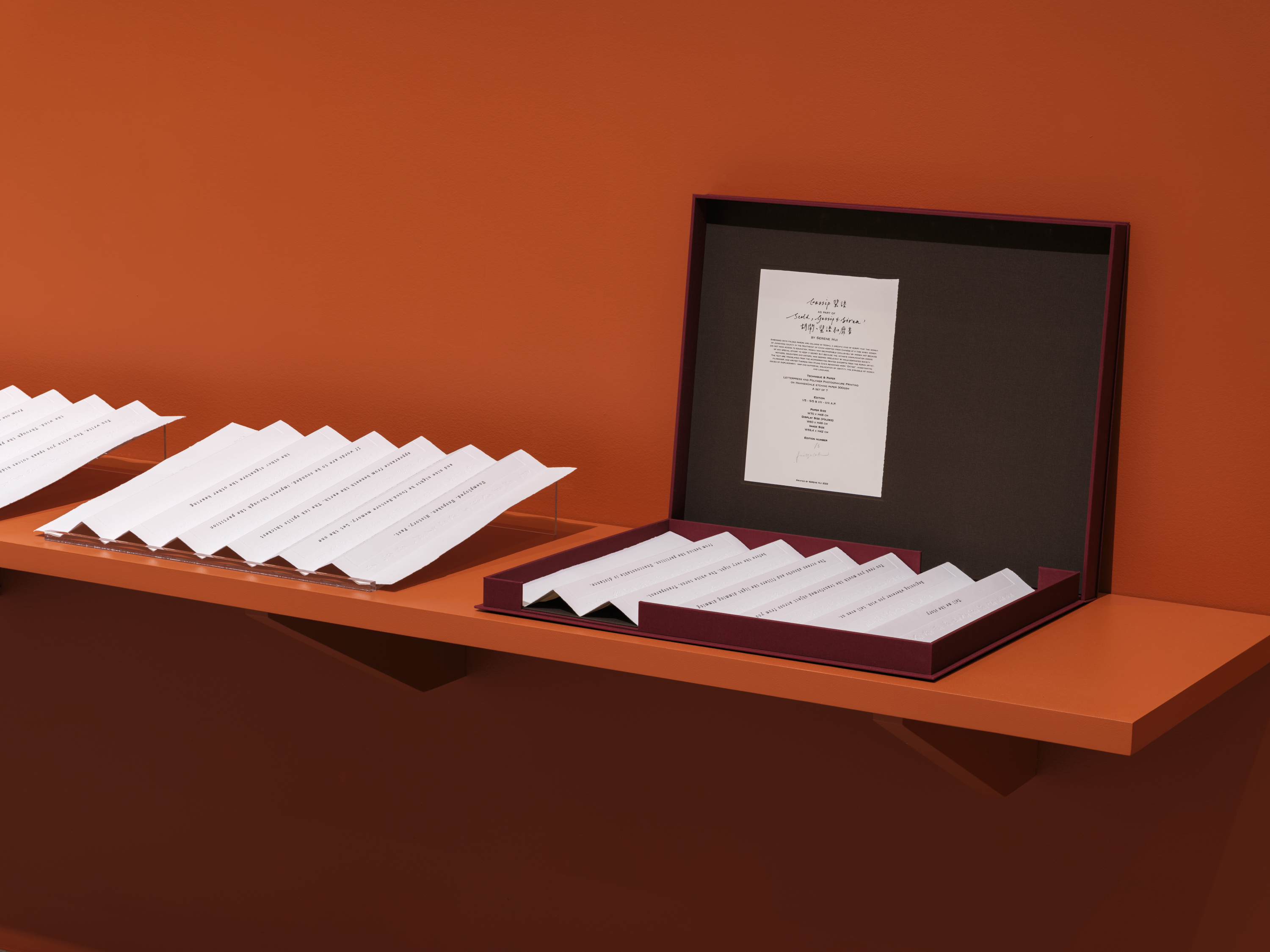
Serene Hui
(Hong Kong, b. 1992, lives and works in the Netherlands and Hong Kong)
Gossip, 2022
Letterpress and polymer photogravure printing on paper
A set of 7
Edition of 5 + 2 printer’s proofs, signed, numbered, and stamped
Paper size: 27.5 x 18.95 inches each
Display size (folded): 23.6 x 18.9 inches each
Technical consultant and printing support: Thomas Ankum and Poedijo Widodo (the Netherlands)
